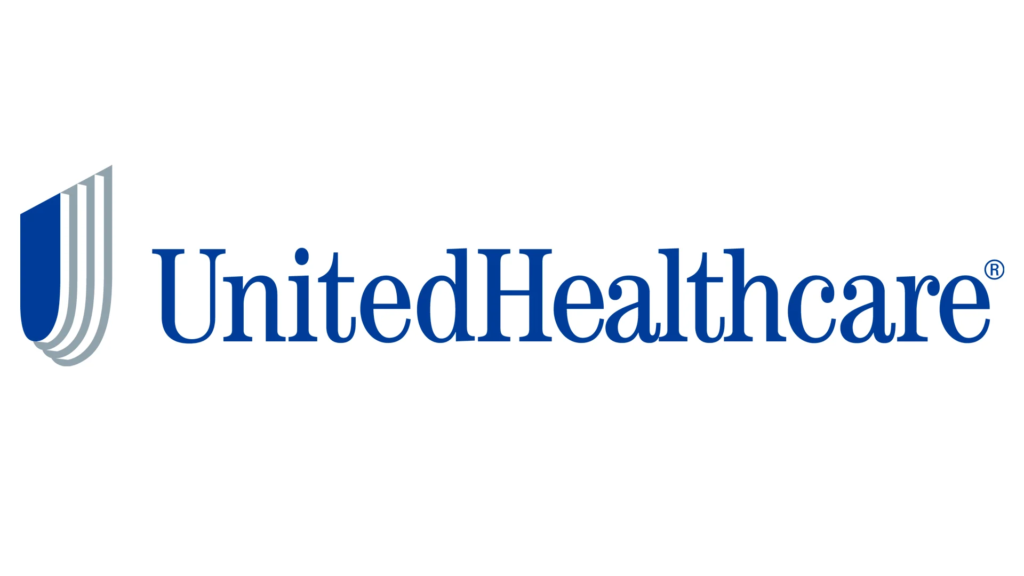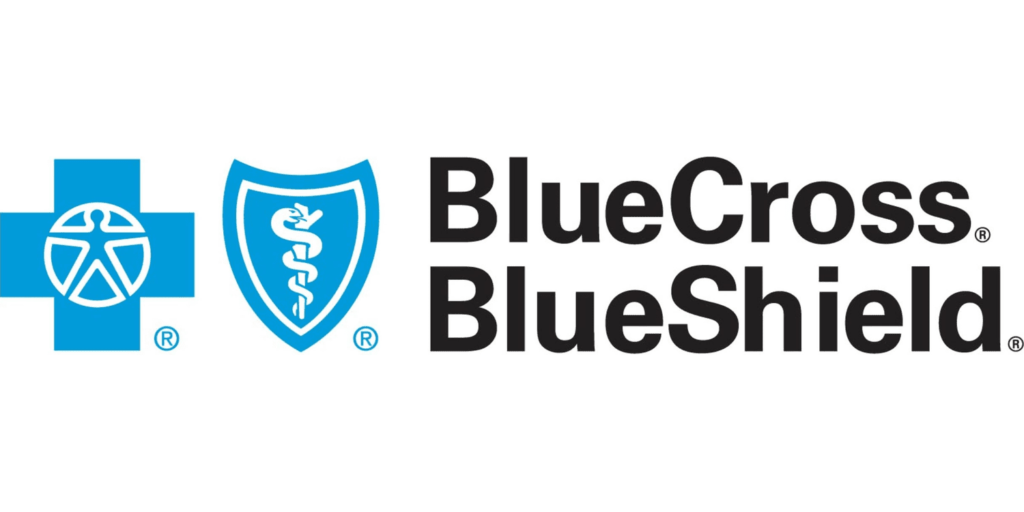Affordable health insurance once felt like a distant dream for many Americans. That changed in 2010 with the signing of the Affordable Care Act (ACA) under President Barack Obama. The ACA expanded access by:
Making households with incomes between 100% and 400% of the federal poverty level eligible for subsidies.
Extending Medicaid to adults earning less than 138% of the poverty line (in states that adopted Medicaid expansion).
Even so, insurance costs still vary widely depending on where you live, household income, and family size. Residents in states like California, New York, and Massachusetts may have broader ACA plan options, while those in rural areas may face limited competition and higher premiums.
In this guide, Business Snap compares six of the best affordable health insurance providers in the U.S. for 2025—analyzing their strengths, weaknesses, and who they’re best for.
- Humana – Best for Medicare Advantage & Medigap Plans
Founded: 1961 • Headquarters: Louisville, Kentucky

Humana is one of the largest U.S. health insurers, with a strong focus on seniors. Its Medicare Advantage and Medigap plans stand out for breadth and flexibility.
✅ Pros:
Variety of plan types (HMO, PPO, PFFS, SNP)
Strong coverage for preventive care, telehealth, hospital stays, and outpatient care
Well-rated Medigap supplement options
Cons:
ACA marketplace plans are limited
Not available in every state
Analysis:
Humana is best for seniors seeking supplemental coverage beyond Original Medicare. States like Florida, Texas, and Illinois have broad Humana offerings.
- Oscar Health – Best for Digital Convenience
Founded: 2012 • Headquarters: New York, NY
Oscar brings a tech-first approach to healthcare. Its mobile app lets members manage everything digitally, from virtual urgent care visits to prescription renewals.

✅ Pros:
Unlimited $0 virtual urgent & primary care visits
Digital ID card & provider locator app
Growing ACA marketplace presence
Cons:
Available in only 19 states (expanding to 22)
Lacks history and scale compared to older insurers
Analysis:
Oscar is ideal for younger, tech-savvy individuals in states like Texas, California, New Jersey, and Florida. The convenience factor is unmatched, but availability is still limited.
- Cigna – Best for Employee Coverage
Founded: 1792 • Headquarters: Bloomfield, Connecticut

With a long legacy in U.S. healthcare, Cigna is trusted for both employer-sponsored health insurance and ACA marketplace plans.
✅ Pros:
Free annual checkups
24/7 nurse health line
Strong employer benefits (dental, vision, pharmacy)
Cons:
Limited ACA coverage (13 states as of 2022)
Narrower availability outside employer plans
Analysis:
Cigna shines for employees in corporate settings or small business plans. In states like Tennessee, North Carolina, and Arizona, Cigna’s ACA presence is expanding, making it a solid option for families too.
- Kaiser Permanente – Best for HSA Plan Options
Founded: 1945 • Headquarters: Oakland, California

Kaiser combines insurance with its own hospitals and medical providers, ensuring an integrated healthcare system. Its high-deductible health plans pair seamlessly with Health Savings Accounts (HSA).
✅ Pros:
HSA debit card for medical expenses
No hidden fees; waived plan fee with $2,000 HSA balance
ACA compliant plans available in many regions
Cons:
Coverage limited to 8 states + DC
Affordable health insurance was a distant fantasy for many Americans. Until President Barack Obama signed the Affordable Care Act (ACA) into law in 2010. The ACA expanded access by:
Providing families earning between 100% and 400% of the federal poverty level with subsidies.
Extending Medicaid to low-income adults who earn less than 138% of the poverty level (in states that took up Medicaid expansion).
However, insurance rates still vary dramatically depending on where you live, household size, and income. People who live in states like California, New York, and Massachusetts may enjoy more comprehensive ACA plan options, while those who live in rural areas will see minimal competition and exorbitant prices.
In this compare guide, Business Snap balances six of the best low-cost health insurance firms in the United States of America in 2025—based on their strengths, weaknesses, and whom they’re suitable for.
- United Healthcare – Best for Short-Term Coverage
Founded: 1977 • Headquartered: Minnetonka, Minnesota

UnitedHealthcare (UHC) is the largest U.S. health insurer, covering over 70 million members. Its strongest asset is short-term health insurance—best for job changers or people transitioning to new employer coverage.
Coverage begins the day after buying
Giant network of doctors: 1.3M docs & 6,500 hospitals
Adjustable term lengths
Pros:
Flexible and affordable
Preventive health care coverage
Cons:
Short-term plans are not ACA-compliant
Does not cover pre-existing conditions
Analysis:
Best for job changers, freelancers, or students who need short-term coverage. Most accessible across the U.S., especially in Midwestern and Southern states.
- Blue Cross Blue Shield (BCBS) – Best for Remote Workers
Founded: 1929 • Headquartered in Chicago, Illinois

BCBS is governed by 34 individual companies and covers all 50 states. It’s also a leading international health insurance company, making it a great option for telecommuters and frequent travelers.
✅ Pros:
Universal & global coverage
Extensive ACA plan offerings
Comprehensive telehealth network
Cons:
Benefits vary depending on state BCBS carrier
Some plans might be more expensive than options
BCBS is the go-to insurer for digital nomads, remote workers, and frequent travelers. If you need portability and flexibility, nothing else comes close to its global reach.
Final Thoughts
The best affordable health insurance depends on where you’re based, your lifestyle, and your needs:
Seniors → Humana
Tech geeks → Oscar
Employees → Cigna
Tax-savvy families → Kaiser Permanente (HSA)
Career changers → UnitedHealthcare
Remote workers → Blue Cross Blue Shield
While ACA subsidies and Medicaid expansion opened doors to insurance, Americans were still being suffocated by the complexity of the system. The answer is not merely comparing monthly premiums but also network size, out-of-pocket costs, and additional benefits.
















